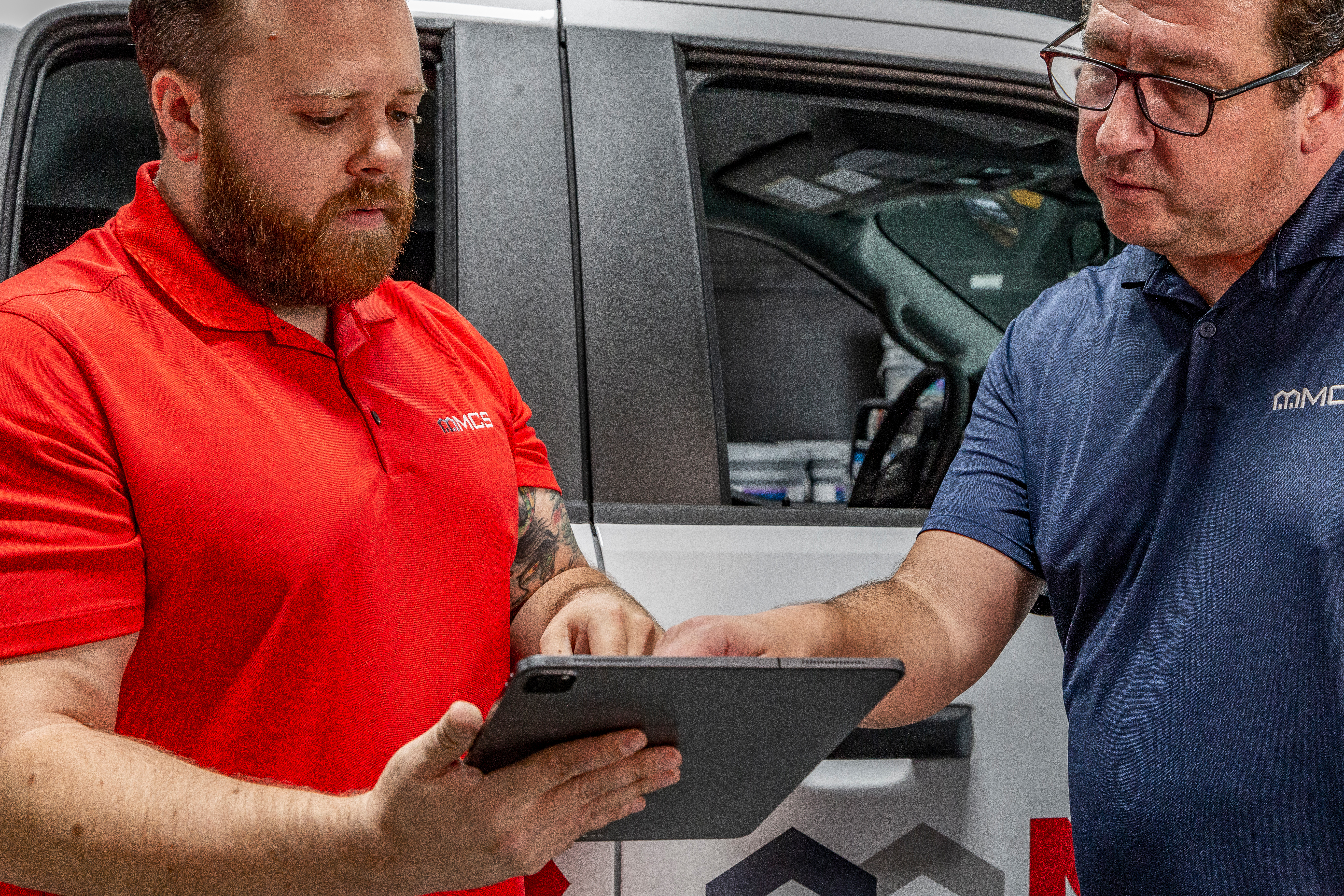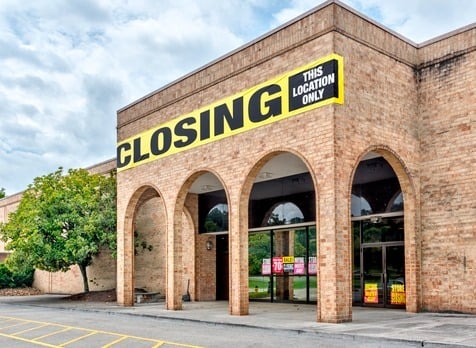Centralized Facilities Program for Commercial Properties

Managing multiple facilities and property services providers across your portfolio can be a frustrating and time-consuming process to manage. Centralizing your facilities program can streamline the process, lead to financial savings and create efficiencies. Here are five benefits and seven tips to help you centralize the facilities program at your commercial properties.If you’re in charge of commercial properties and are tired of piecemealing services to dozens of companies (or more), it’s time to simplify.
These five key benefits of creating a centralized facilities program will help you sell the idea across the organization. Plus, we offer several tips on getting started with your service partner consolidation efforts.
Benefit #1: Financial savings
A centralized facilities program can provide potential financial benefits across various areas of your business, from enhancing your purchasing power to reducing the number of contracts to be managed for multiple providers.
Benefit #2: Reduced hassle and confusion
With multiple vendors, projects and points of contact to coordinate, it’s challenging to keep track—not just of what’s happening, but who’s in charge, when they’re completing their work and more. And that’s addressing only the planned services. In a roofing or plumbing emergency, for example, you don’t have time to sort through providers to find out who’s available and what the charge will be while you’re also trying to manage all the other aspects of your job.
Centralizing your facilities program enables you to make one call and know the issue will be handled at a predetermined rate with qualified vendors who have already been vetted. The same goes for planned repairs, expansions, remodels and build-outs: You know the rate, and you can avoid scheduling conflicts for multiple projects because the provider manages the schedule and the work being completed. And if something happens to go wrong, there’s no blame game—you know who is responsible for the work.
Benefit #3: Greater efficiency
A centralized facilities program helps streamline everything from provider-related paperwork and billing to the point of contact. In the process, it helps to simplify your workload, so you can focus on other projects or aspects of your business. But you won’t feel out of the loop if your chosen commercial facilities provider has a robust technology platform for work order management, project management, quality control and billing that can seamlessly integrate with your platforms. You’ll be able to achieve greater efficiency and transparency on every project.
Benefit #4: Consistency
Consistent, quality work is always the goal, but it’s challenging to achieve (and also to assess) the more companies you’re working with simultaneously. For example, if you have a fleet of 200 stores and the internal staff to cover half of that then hiring and managing multiple local contractors will be quite the undertaking and work might not be performed the same at each location. A centralized facilities program helps provide consistency because you can establish standard specifications upfront that are implemented across all of your locations—regardless if the work is self-performed or outsourced, rather than having to establish expectations and deliverables each time you place a similar work order.
Your centralized facilities partner also gets to know your business and you get to know them as well, building trust and a stronger working relationship that benefits you both over the long term.
Benefit #5: Risk management
The risks to your business increase with each additional vendor or service provider you work with. A centralized facilities program helps limit your exposure to third-party risks, like uninsured or underinsured providers. Additionally, when you work with a centralized partner they become familiar with your safety standards and procedures, helping keep guests, clients and employees safe.
How to get started on a centralized commercial facilities management program
If you’re considering a centralized facilities program for your commercial properties, here are seven steps to get started:
- Create a consolidation team. Depending on the size of your organization, you may need a team to help complete a vendor consolidation. If so, choose members who work frequently with different commercial facilities providers, explaining your overall goals and working with them to get their buy-in.
- Build a comprehensive vendor list. This will include all of your current commercial facilities providers and the services each delivers. But don’t forget to add companies you haven’t worked with before as well. These might include potential partners you’ve learned about at tradeshows and conferences, via your professional network or through their marketing content.
- Compare current providers. Work to create a quality list or ranking of providers who do the best work and are able to complete the largest range of services your properties need. This can also help eliminate duplication of work.
- Evaluate partners based on the third-party risk they may pose to your business. For example, are they fully insured? How much of their work do they self-perform versus outsource to third parties? Understanding variables like these can help you mitigate and manage risk.
- Set internal criteria and standards for consolidation of providers using the data collected from your service partner inventory, evaluations and scorecards.
- Understand the full suite of commercial property services each potential service partner can provide. Do they specialize in individual trades? Are they able to provide complete interior and exterior facilities services? Ideally, you’ll want a partner who can handle more types of work when you are centralizing your facilities program because, after all, your goal is to reduce the number of service partners or vendors you have to rely on.
- Request a proposal from commercial property service provider finalists you/your team select, if necessary, to confirm the selected vendors are able to provide the core facilities services you need.
Developing your own centralized facilities program may seem daunting, but creating a consolidated facilities program can have a powerful impact on your business, saving you time, money and headaches, while enabling you to shift to other more critical, strategic or revenue-generating projects.
Considering centralizing and consolidating your commercial facilities program? With boots on the ground via our regional service centers, an expansive network of over 30,0000 service partners across the U.S. and a proven technology platform, MCS and Chain Store Maintenance can meet all of your interior and exterior commercial property service needs. Contact MCS or Chain Store Maintenance to learn more.



